I have been interested in diving into the life of Sarah Bernhardt for a long time. There are so many things that interest me including that one of my heroes, Margaret Brown (aka Molly Brown) was a huge admirer of hers. Margaret Brown was so inspired by Sarah Bernhardt that she took acting lessons in her retirement years and would become well-known for playing several of Bernhardt’s roles on the stage. Said Margaret:
“Some people find it strange that an American woman should aspire to play the roles of Bernhardt. I recall, too, that some people smirked when I brought home ancient statuary from Egypt and decorated up a few acres of the Rocky Mountains for my home, but I am sure that those who know the place will agree that culture knows no boundaries and that fine arts are international.”
Margaret’s portrayal of Sarah Bernhardt’s roles was more than a hobby. She was well-received in Bernhardt’s hometown of Paris. In a delightful twist, in 1929 she was awarded the Palm of the Academy of France for her interpretations, an award Bernhardt herself had been honored with.
The life and career of Sarah Bernhard was complicated and fascinating. I am just starting to dive into my study yet already have some favorite facts about the actress. I hope you will enjoy this quick look at a woman the stage will never forget.
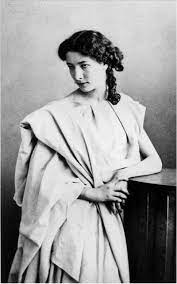
Her mother was a famous courtesan
I am pretty intrigued by the fact that Bernhardt’s mother Julia was a famous French courtesan. I’ve yet to uncover the story behind how she was brought into the role, but by the time Sarah was in grade school her mother had been tied to the President of the French Legislature and Napoleon’s half-brother, Charles de Morny, Duke of Morny. Sarah’s father was a wealthy businessman who left enough money to pay for her education.
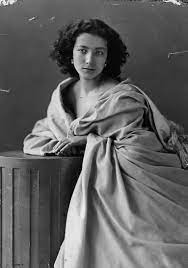
Julia’s role as a courtesan would have a strong influence on Sarah’s life. Morny and Julia were so close that Morny took a strong interest in Sarah’s future, and is said to be the one to first encourage her to act. He would also use his influence to get her accepted to the best art schools in France, and keep her enrolled despite quickly gaining a reputation for being a trouble maker.
She was disciplined in reform school for performing a funeral for her pet lizard
As an adult, Sarah Bernhardt would be one of the most famous eccentrics in the world, and she seems to have had a liking for pushing the envelope from a young age. Although Jewish, it was determined that she would attend an elite Catholic boarding school for girls. She would report loving the Catholic faith and even considering becoming a nun. Her religious career got off to a bumpy start, however, being accused of sacrilege by the school’s nuns. The offense? Organizing a Christian burial for her pet lizard.
Her love of animals would be a lifelong aspect of her personality, as she was known later in life to collect exotic wildlife.

Her debuts were not successful and her performances were not always well-received
Sarah Bernhard would eventually become one of the most famous women in the world and is sometimes referred to as the first modern celebrity. And while she would be known for her dramatic talent, her career got off to a rocky start. Her stage debut is considered to be playing the title role in the play Iphigénie in conjunction with her studies at the Paris Conservatory. Cast in 1862, her nerves got the best of her and she was not well-received. She would go on to be more well-known for being hard to get along with and being involved in petty fights with other students.
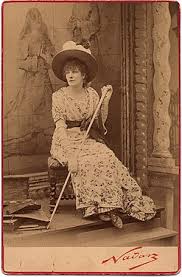
Sarah almost left the theater completely after appearing in her first role in her next school, the Comedie-Francaise. Apparently, her performance was so awkward that her mother called it “ridiculous.” It would only be for the relentless encouragement of Morny and other benefactors that she would remain on stage and develop her talent. This, combined with her growing reputation as a radical would lead her to worldwide fame.
She was famous for sometimes sleeping in a coffin
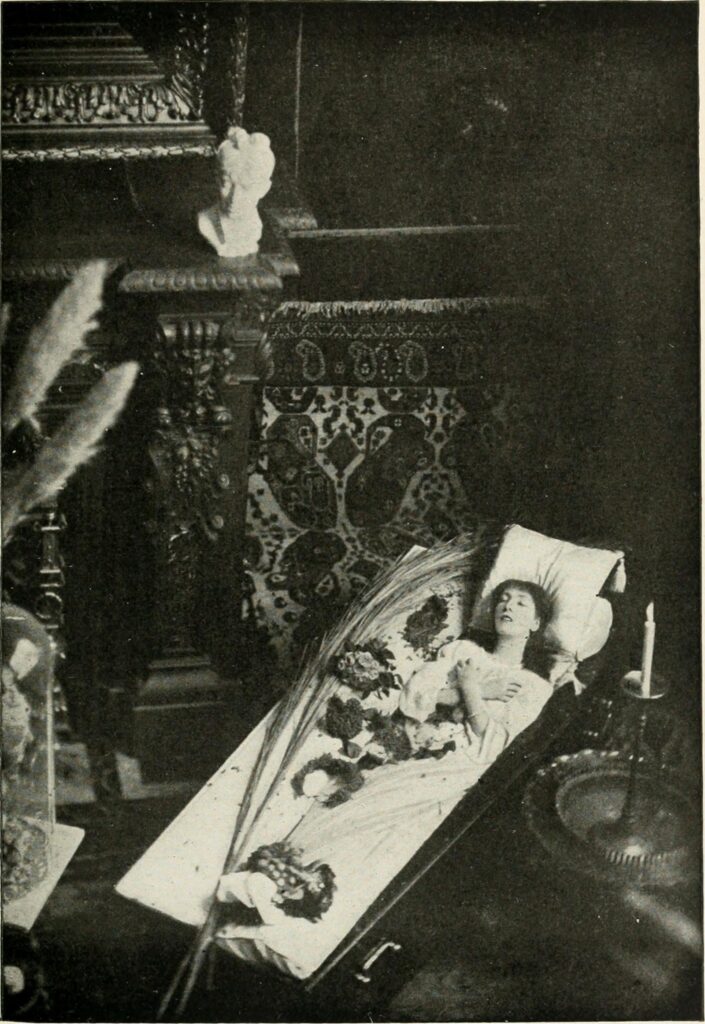
Sarah was a true artist, complete with unique quirks. One of the most famous was her preference for spending time in a coffin. To explain, she wrote in her biography:
“Why a coffin? The world has always wanted to know. I will now reveal the secret. When I became an actress, I was so ambitious, I saw myself as the best and most famous of my time, in France at least. Of course it turned out that I became the biggest star on the firmament, in the whole world, and for all times, I have been told. I did not ask for so much, but I am grateful. I decided early on to nurture a reputation for eccentricity. Although Edward Jarrett knew a thing or two about publicity stunts, there was still much he could learn from me. Ergo the coffin.”
Part of the publicity stunt included being photographed in her coffin. It indeed did the trick, though rather than be shocked, Victorian Europe seemed to become more infatuated with the actress.
She was a strict vegetarian
As a vegetarian, I was delighted to learn that Sarah refrained from eating meat. This is especially fascinating considering that such a diet was considered quite radical at the time. Sarah was known to adopt the diet in order to maintain her figure. An article titled “Notable Vegetarians” in a 1913 issue of The Literary Digest reads:
“As in everything else in life, she made a careful study of the matter and conferred with authorities on the subject. The result was that she gave up all flesh food and became strictly a vegetarian. She has demonstrated that a vegetarian diet makes one younger and more elastic and gives a clear bain and steady nerve…Mme. Bernhardt does not even eat eggs, as they are a form of flesh food, and she takes no chances. She sticks to a simple tho widely varied diet of dried and fresh fruits, nuts, cereals, and vegetables. Her only beverage is cool spring water.”
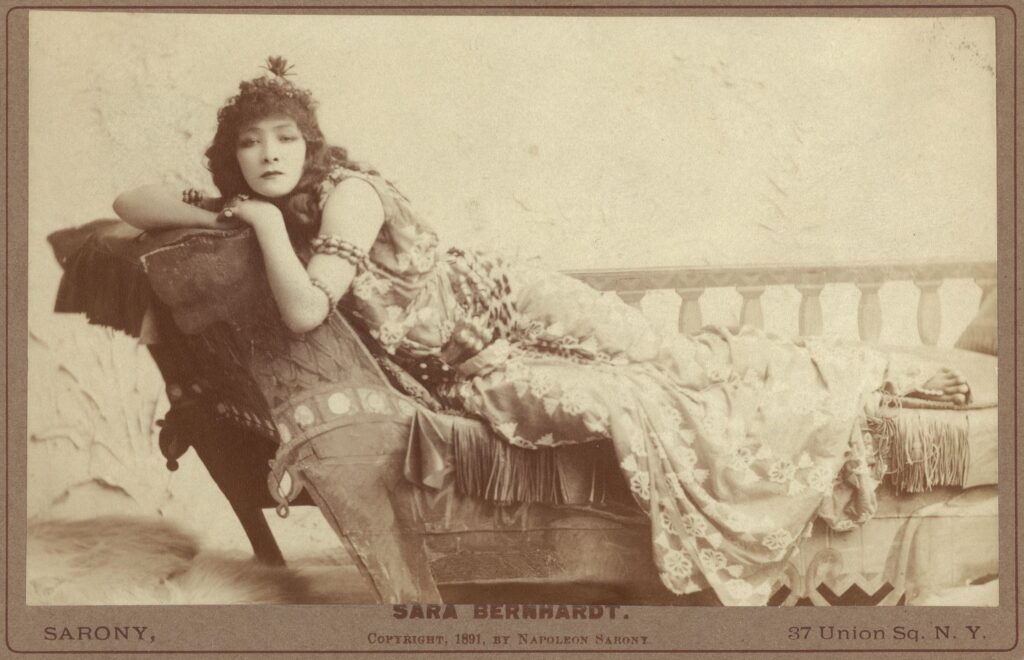
Is there a woman from history that you would like us to cover on the Recollections blog?
Learn more about women’s history:
5 facts about Margaret Tobin Brown (aka The Unsinkable Molly Brown)
Emilie Flöge: a woman to be remembered
Mary Titcomb: service through books
5 facts about Betsy Ross and the origins of the American flag

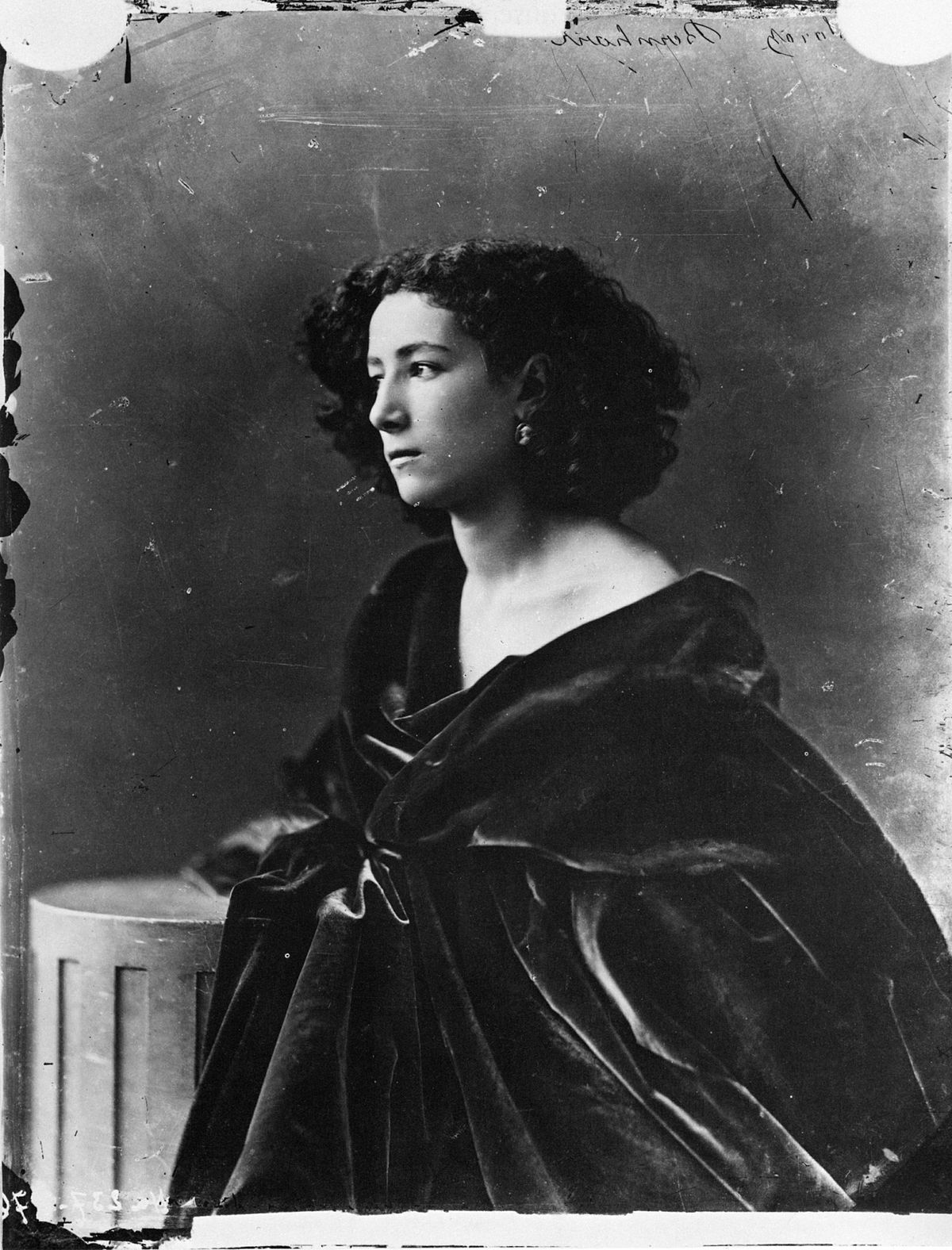







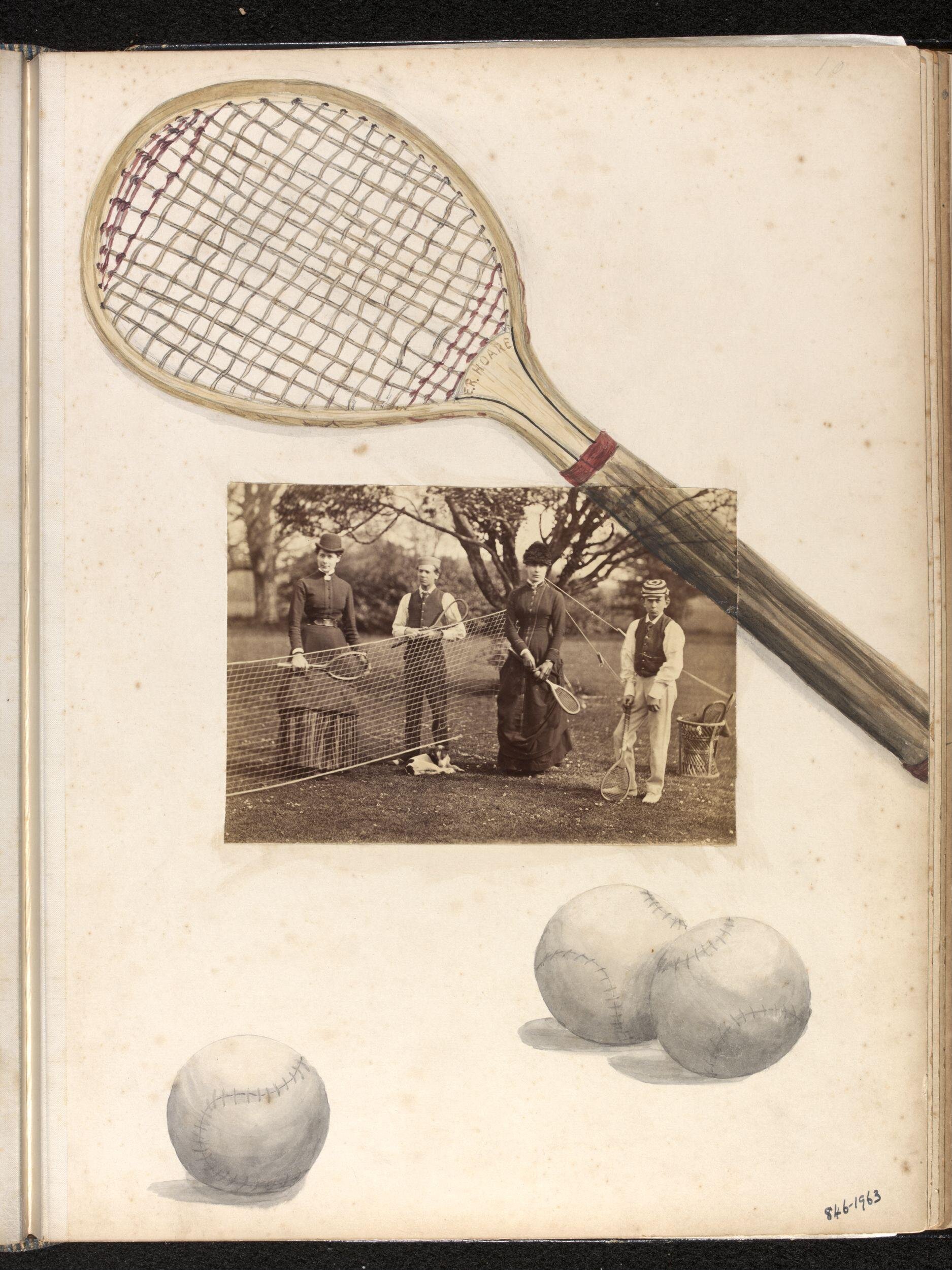
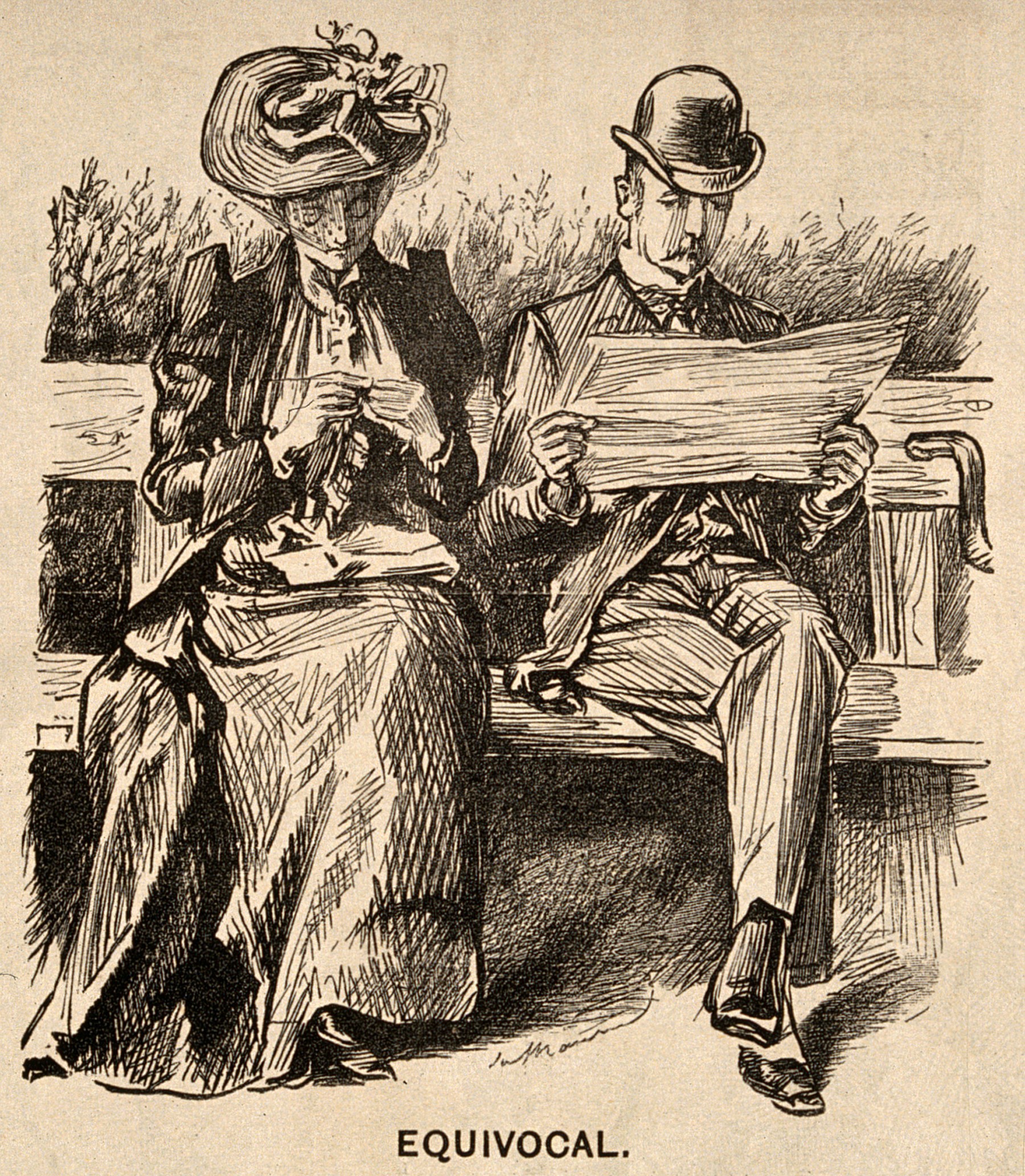
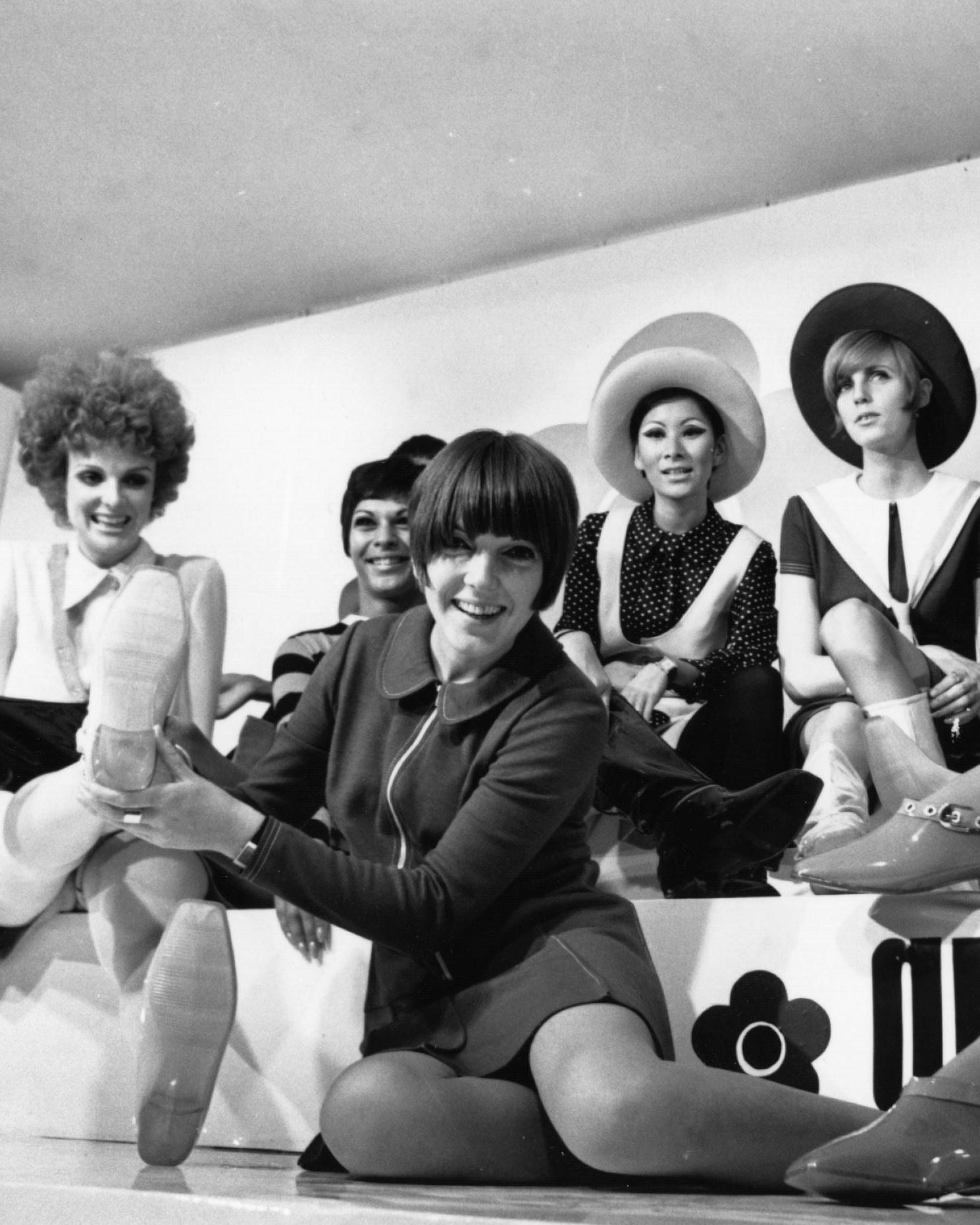
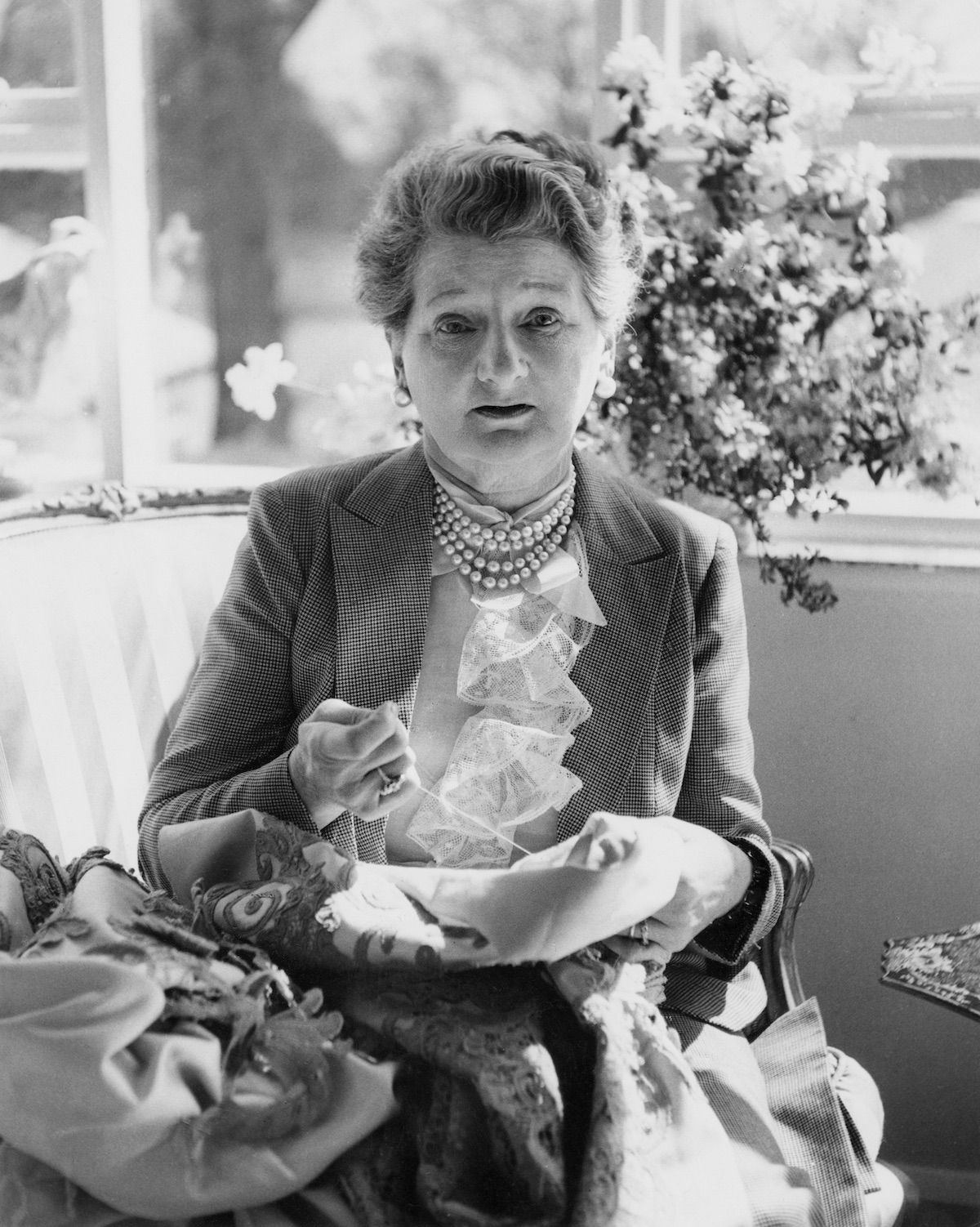

Highly recommend the book The First Actress by C.W. Gortner
Historical fiction on her life told from her perspective. You’ll learn much and be entertained. Good book.